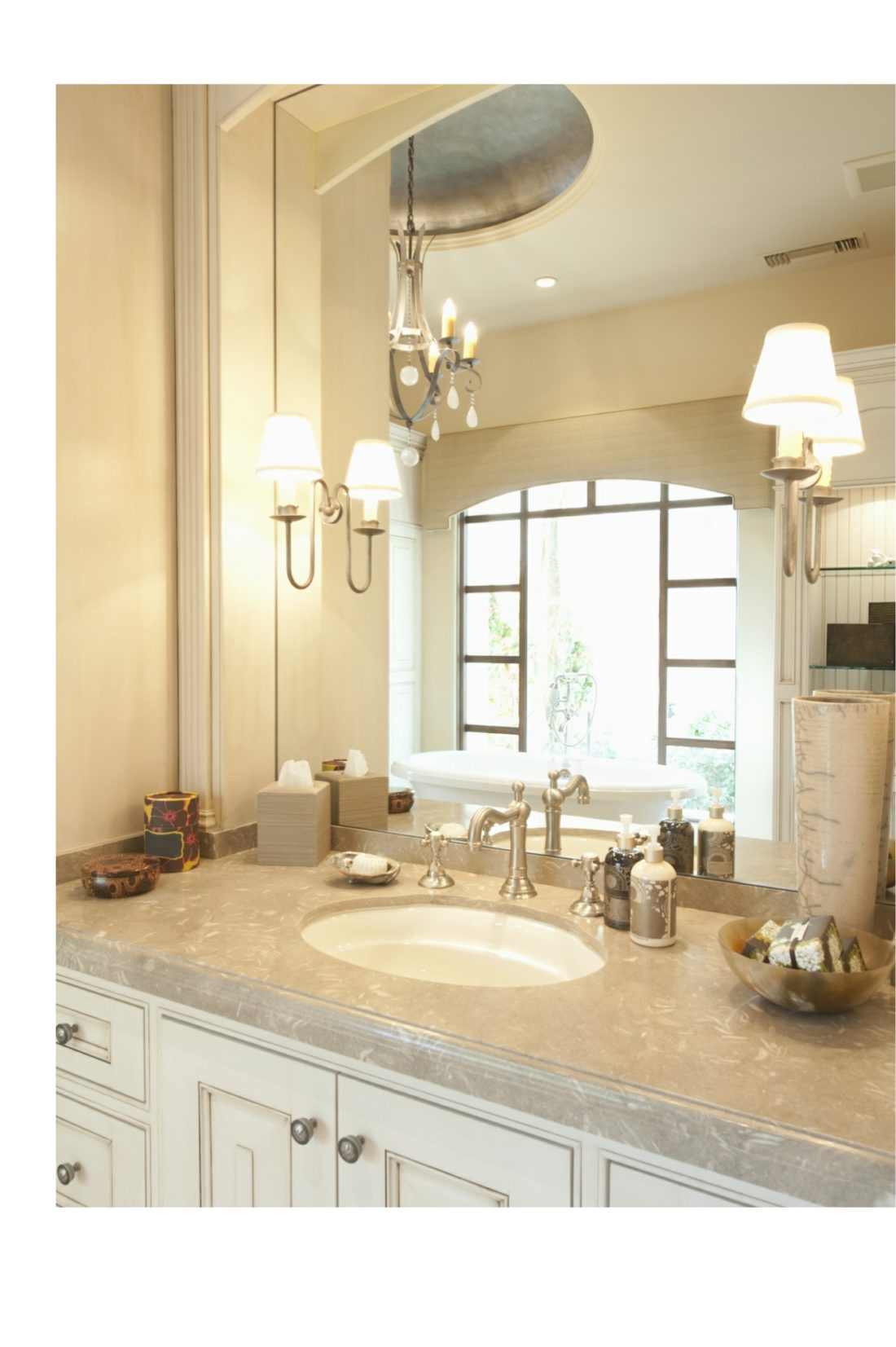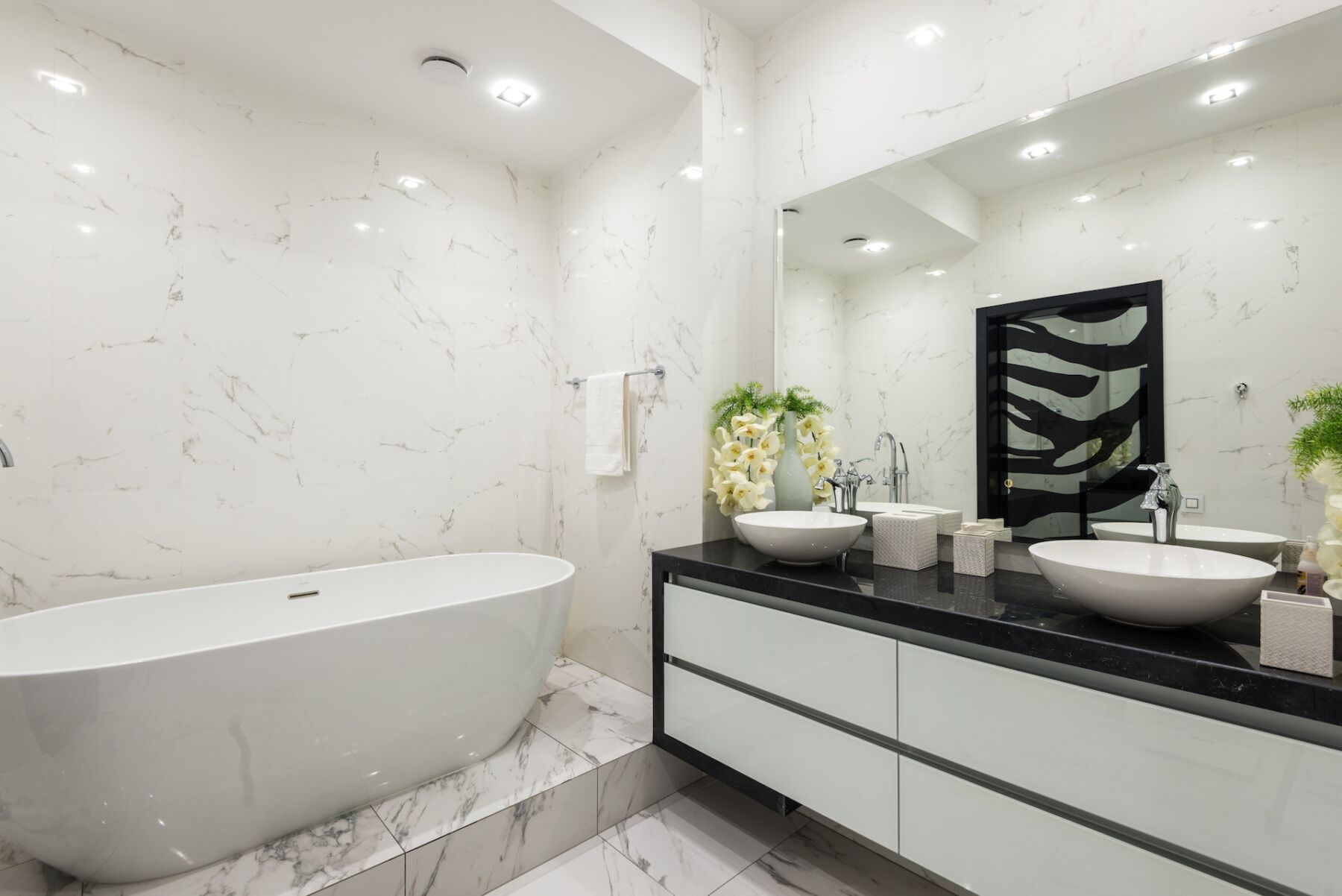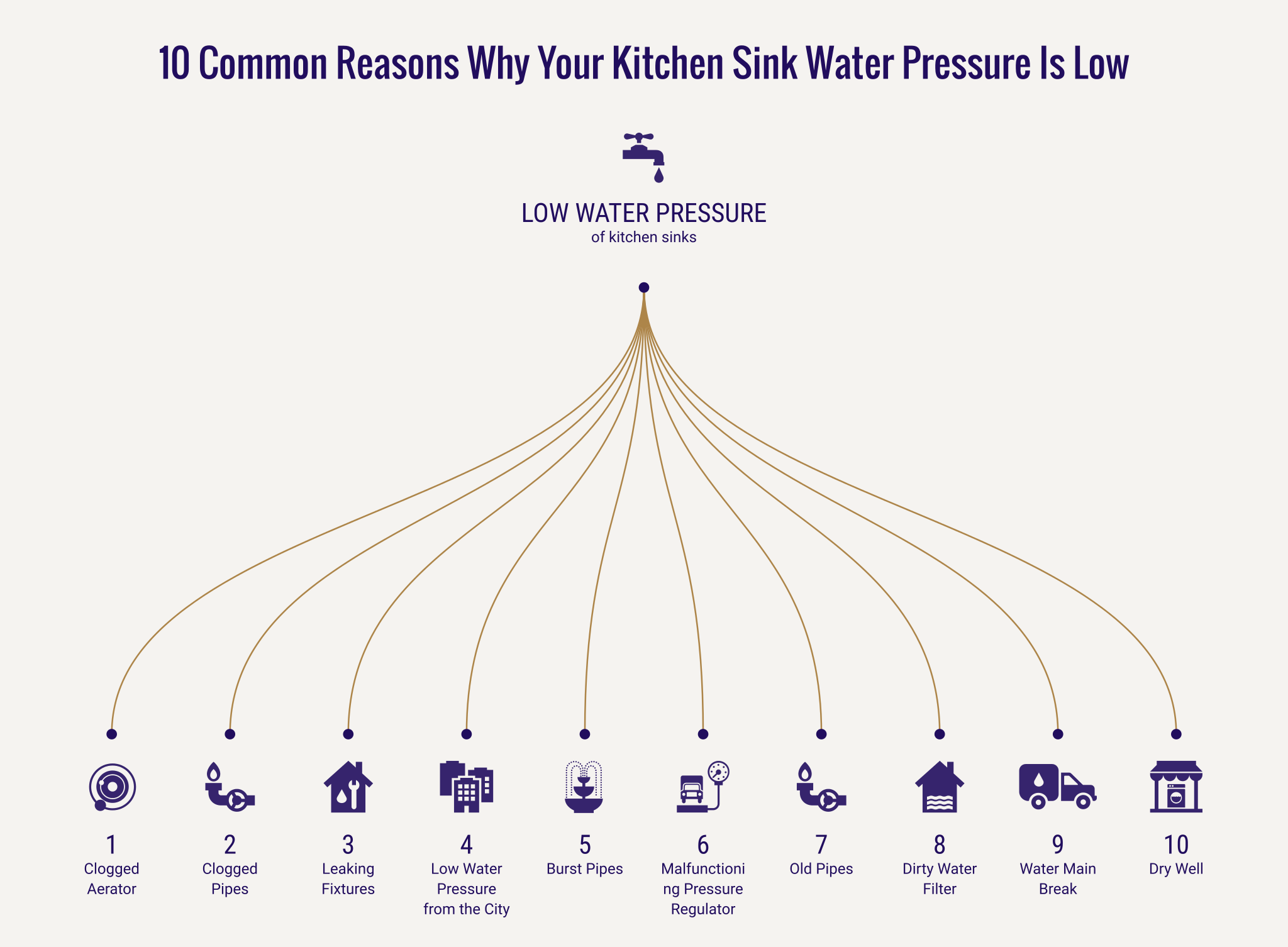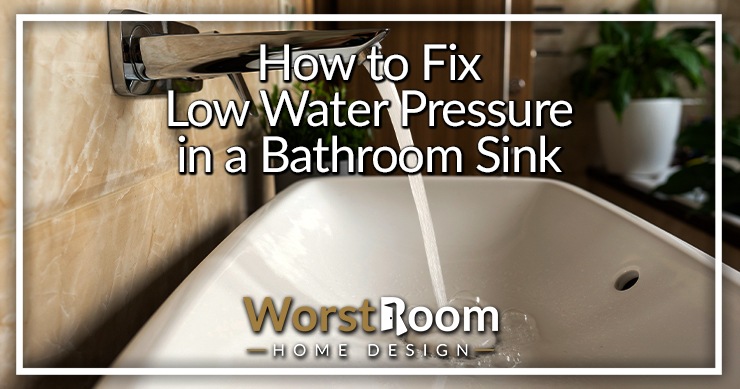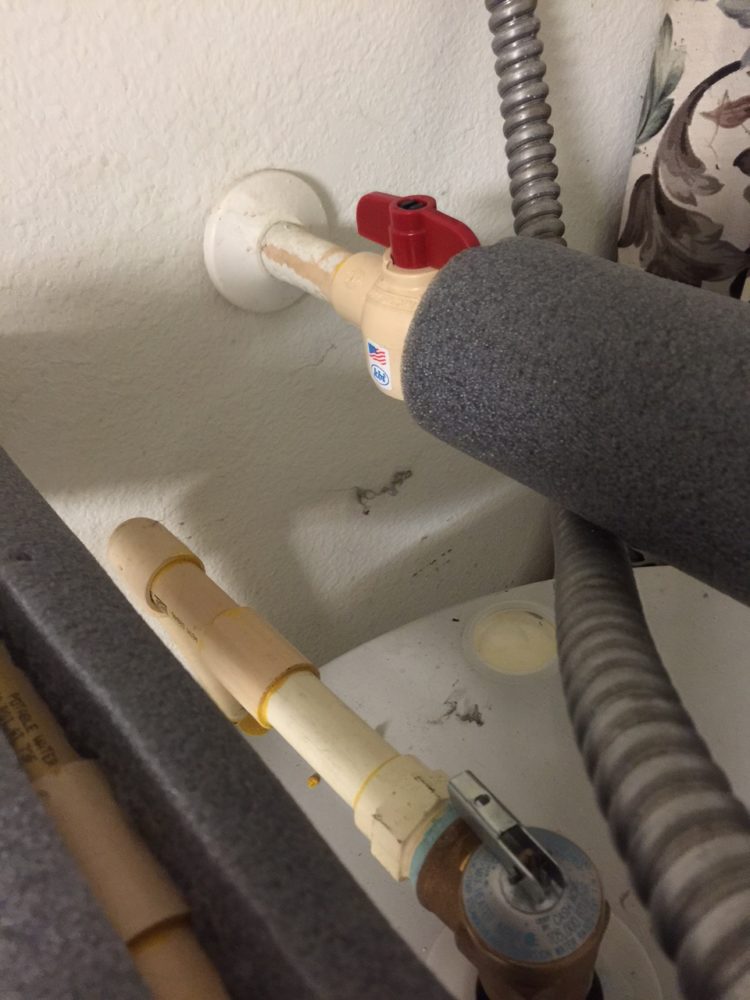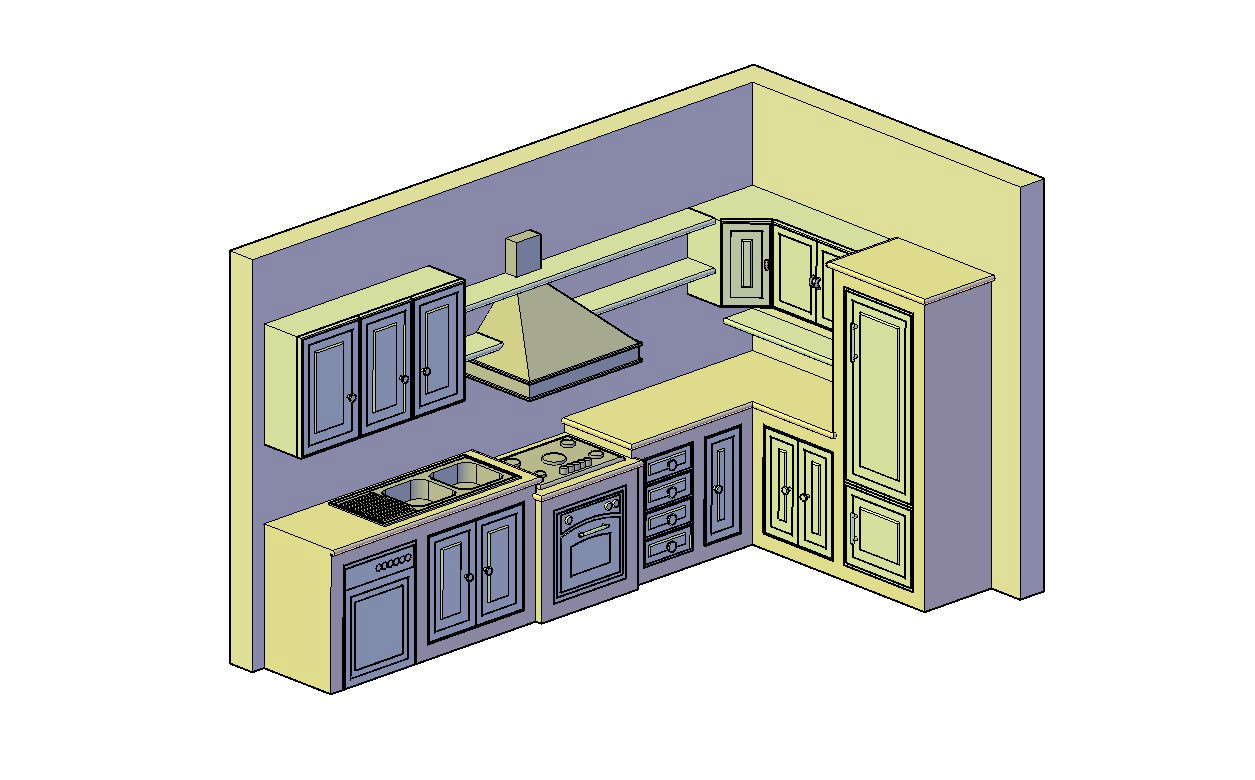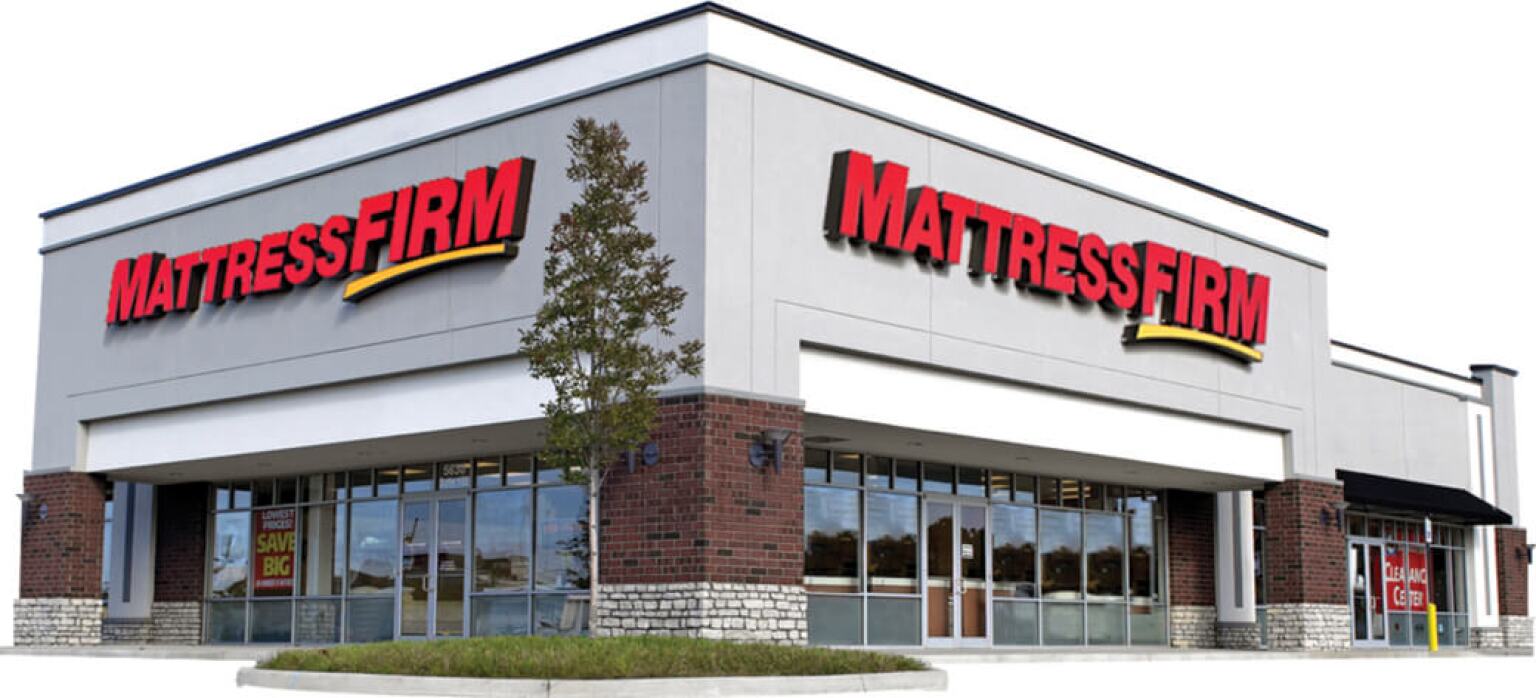If you've noticed a decrease in water pressure in your bathroom sink, you're not alone. Many homeowners experience this frustrating issue, but luckily, there are some simple solutions to fix it. In this article, we'll go over the steps you can take to get your bathroom sink water pressure back to normal.How to Fix Low Water Pressure in Your Bathroom Sink
There are a few different methods you can try to increase the water pressure in your bathroom sink. One option is to check and clean the aerator, a small mesh screen attached to the end of your faucet. Over time, this screen can become clogged with mineral deposits, reducing the flow of water. By removing and cleaning the aerator, you may be able to improve your water pressure. Another way to increase water pressure is to check the shut-off valves under the sink. Make sure they are fully open and not partially closed, which can restrict water flow. If the valves are fully open and you're still experiencing low water pressure, it may be time to call a plumber to check for any larger issues.How to Increase Water Pressure in Your Bathroom Sink
If you've tried cleaning the aerator and checking the shut-off valves, but still have low water pressure, it's time to troubleshoot the issue further. One common cause of low water pressure is a clogged pipe. This can happen if there is a buildup of mineral deposits or debris in the pipes. To fix this, you can try using a pipe cleaner or calling a professional plumber for help. Another culprit for low water pressure could be a faulty pressure regulator. This device controls the water pressure in your home and can sometimes malfunction, causing a decrease in water flow. If you suspect this may be the issue, it's best to call a plumber to have it properly diagnosed and repaired.Troubleshooting Low Water Pressure in Bathroom Sink
Understanding the root cause of your low water pressure can help you find the best solution. Some common causes include clogged aerators, shut-off valves, and pipes, as mentioned before. Other reasons could include a malfunctioning pressure regulator, a leak in the pipes, or even a problem with the municipal water supply. By identifying the cause, you can take the necessary steps to fix the issue.Causes of Low Water Pressure in Bathroom Sink
If you're looking for ways to improve the water pressure in your bathroom sink, there are a few things you can try. For starters, you can install a water pressure booster, which can help increase the flow of water to your sink. Another option is to replace your current faucet with a high-pressure one. These faucets are specifically designed to increase water pressure and can make a noticeable difference in your sink. Additionally, you can try installing a water softener if your home has hard water. Hard water can cause mineral buildup in pipes, leading to low water pressure. By using a water softener, you can prevent this buildup and potentially improve your water pressure.Ways to Improve Water Pressure in Bathroom Sink
If you're a handy homeowner, there are a few DIY solutions you can try for low water pressure in your bathroom sink. As mentioned before, cleaning the aerator and checking the shut-off valves are simple tasks that can improve water pressure. You can also try using a plunger on the sink drain to dislodge any clogs that may be causing low water pressure. However, if you're unsure of the cause of your low water pressure, it's best to call a professional for help.DIY Solutions for Low Water Pressure in Bathroom Sink
Low water pressure in bathroom sinks is a common problem that many homeowners face. However, there are other issues that can arise with bathroom sink water pressure, such as inconsistent flow or sputtering water. These issues can also be caused by clogs, faulty valves, or other plumbing problems. It's important to address these issues promptly to prevent further damage and to maintain proper water pressure.Common Problems with Bathroom Sink Water Pressure
When tackling low water pressure in your bathroom sink, there are a few tips to keep in mind. First, it's important to regularly clean the aerator and check the shut-off valves to prevent any buildup or blockages. If you're unsure of the cause of your low water pressure, it's best to call a professional for help. They have the expertise and tools to properly diagnose and repair any plumbing issues. Another helpful tip is to be mindful of the water pressure in other areas of your home. If you notice a decrease in water pressure in multiple areas, it could be a sign of a larger issue with your plumbing system.Tips for Fixing Low Water Pressure in Bathroom Sink
Identifying and fixing low water pressure in your bathroom sink can be a relatively simple process. By checking and cleaning the aerator, inspecting the shut-off valves, and troubleshooting potential issues, you can often determine the cause of the problem. However, if you're unsure or unable to fix the issue on your own, calling a professional plumber is always the best option.How to Identify and Fix Low Water Pressure in Bathroom Sink
If you've exhausted all the DIY solutions and still have low water pressure in your bathroom sink, it's time to consider calling a plumber. A professional can use specialized tools and techniques to diagnose and fix the issue, whether it's a clog, faulty valve, or other plumbing problem. They can also provide advice on how to prevent low water pressure in the future. In conclusion, low water pressure in your bathroom sink can be a frustrating issue, but it's not one that you have to live with. By following these tips and solutions, you can improve your water pressure and have a fully functioning bathroom sink once again.Possible Solutions for Low Water Pressure in Bathroom Sink
Reasons for Bad Water Pressure in Bathroom Sink
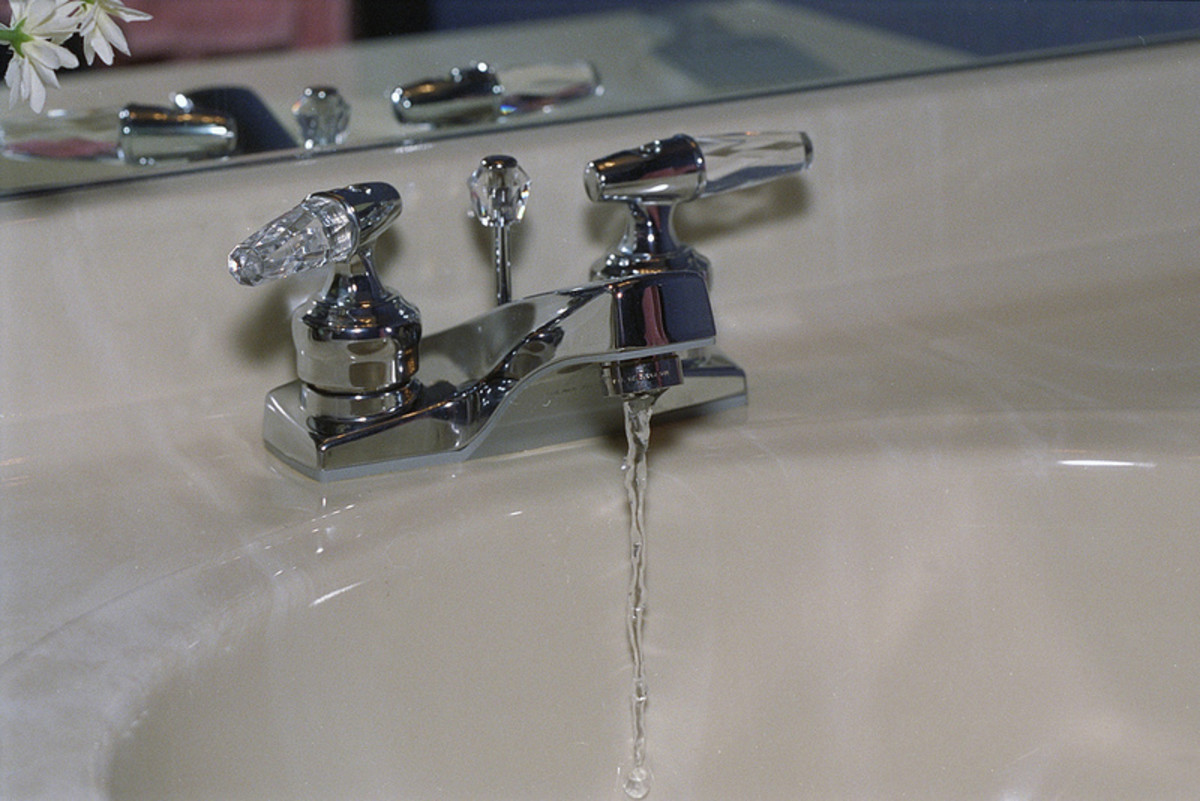
1. Clogged Faucet Aerators
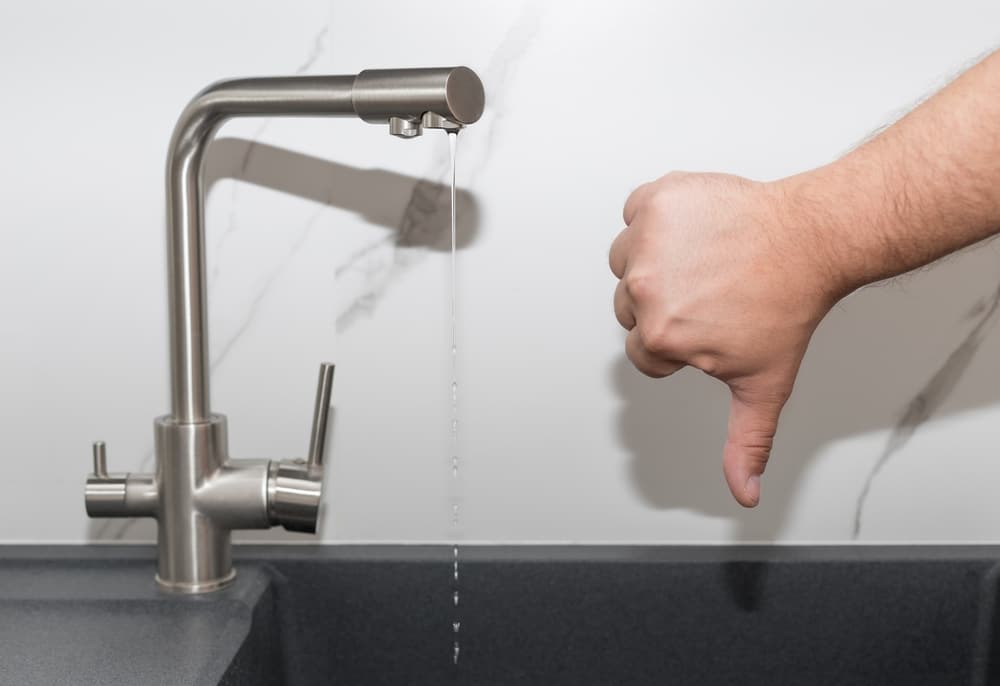 One of the most common causes of bad water pressure in a bathroom sink is a clogged faucet aerator. This small sieve-like device is attached to the end of the faucet and is responsible for mixing air with the water, reducing water flow and saving water. Over time, mineral build-up and debris can accumulate in the aerator, blocking the flow of water and resulting in low water pressure.
To solve this issue, simply unscrew the aerator from the faucet and clean it with a mixture of vinegar and water. You can also replace the aerator if it is too damaged or corroded.
One of the most common causes of bad water pressure in a bathroom sink is a clogged faucet aerator. This small sieve-like device is attached to the end of the faucet and is responsible for mixing air with the water, reducing water flow and saving water. Over time, mineral build-up and debris can accumulate in the aerator, blocking the flow of water and resulting in low water pressure.
To solve this issue, simply unscrew the aerator from the faucet and clean it with a mixture of vinegar and water. You can also replace the aerator if it is too damaged or corroded.
2. Water Supply Issues
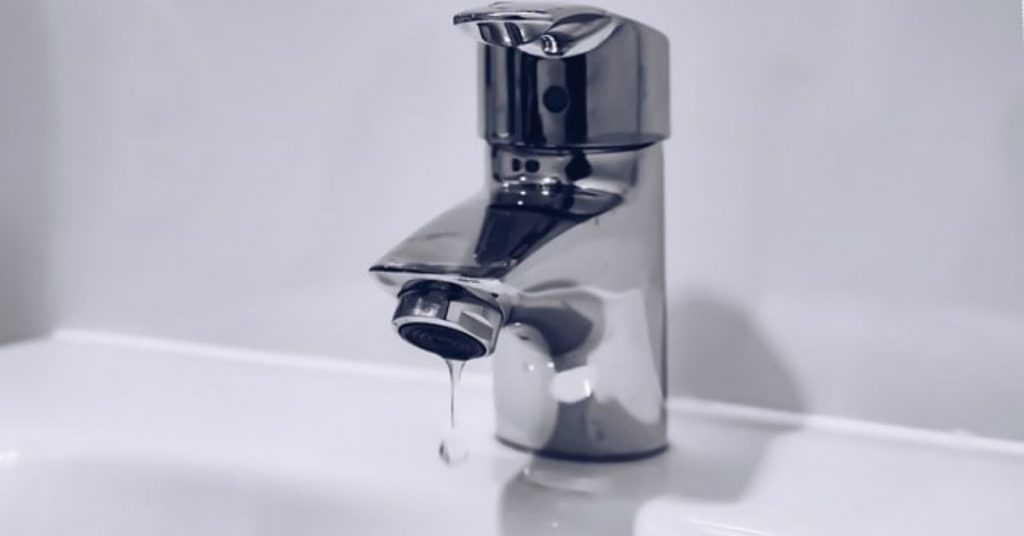 Another possible reason for bad water pressure in the bathroom sink could be due to problems with the water supply. If your home is connected to a well, the water pressure may be affected by the level of the water table or a malfunctioning pump. In urban areas, the water pressure could be lowered due to aging water pipes or maintenance work being done by the local water company.
If you suspect that the water supply is the issue, contact your local water company to check for any ongoing problems or schedule a professional plumber to inspect your pipes and water pressure.
Another possible reason for bad water pressure in the bathroom sink could be due to problems with the water supply. If your home is connected to a well, the water pressure may be affected by the level of the water table or a malfunctioning pump. In urban areas, the water pressure could be lowered due to aging water pipes or maintenance work being done by the local water company.
If you suspect that the water supply is the issue, contact your local water company to check for any ongoing problems or schedule a professional plumber to inspect your pipes and water pressure.
3. Plumbing Problems
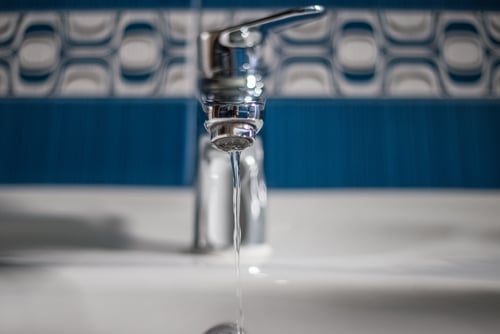 A more serious cause of bad water pressure in the bathroom sink could be due to plumbing issues. This could include a clogged or damaged pipe, a faulty pressure regulator, or a leak somewhere in the plumbing system. These issues not only result in low water pressure, but they can also lead to water waste and higher water bills.
If you suspect that the plumbing is the problem, it is best to call a professional plumber to inspect and fix any issues.
A more serious cause of bad water pressure in the bathroom sink could be due to plumbing issues. This could include a clogged or damaged pipe, a faulty pressure regulator, or a leak somewhere in the plumbing system. These issues not only result in low water pressure, but they can also lead to water waste and higher water bills.
If you suspect that the plumbing is the problem, it is best to call a professional plumber to inspect and fix any issues.
4. Incorrect Pipe Sizing
 In some cases, the bad water pressure in the bathroom sink could be due to incorrect pipe sizing. If the pipes used for your bathroom sink are too small, the water flow will be restricted, resulting in low water pressure. This is a common issue in older homes where the plumbing system may not have been updated to accommodate modern fixtures.
If this is the case, it is best to consult a professional plumber to determine the correct pipe size and make the necessary changes.
In some cases, the bad water pressure in the bathroom sink could be due to incorrect pipe sizing. If the pipes used for your bathroom sink are too small, the water flow will be restricted, resulting in low water pressure. This is a common issue in older homes where the plumbing system may not have been updated to accommodate modern fixtures.
If this is the case, it is best to consult a professional plumber to determine the correct pipe size and make the necessary changes.
5. Water Heater Problems
 Finally, another possible cause of bad water pressure in the bathroom sink could be due to issues with the water heater. If the water heater is not functioning properly, it can affect the water pressure throughout the entire house, including the bathroom sink. This could be due to a faulty pressure relief valve or sediment buildup in the tank.
To solve this issue, it is best to have a professional plumber inspect and service your water heater regularly.
In conclusion, bad water pressure in the bathroom sink can be caused by various factors ranging from simple fixes to more serious plumbing issues. By addressing the root cause, you can improve the water pressure in your bathroom sink and ensure a more comfortable and efficient daily routine.
Finally, another possible cause of bad water pressure in the bathroom sink could be due to issues with the water heater. If the water heater is not functioning properly, it can affect the water pressure throughout the entire house, including the bathroom sink. This could be due to a faulty pressure relief valve or sediment buildup in the tank.
To solve this issue, it is best to have a professional plumber inspect and service your water heater regularly.
In conclusion, bad water pressure in the bathroom sink can be caused by various factors ranging from simple fixes to more serious plumbing issues. By addressing the root cause, you can improve the water pressure in your bathroom sink and ensure a more comfortable and efficient daily routine.


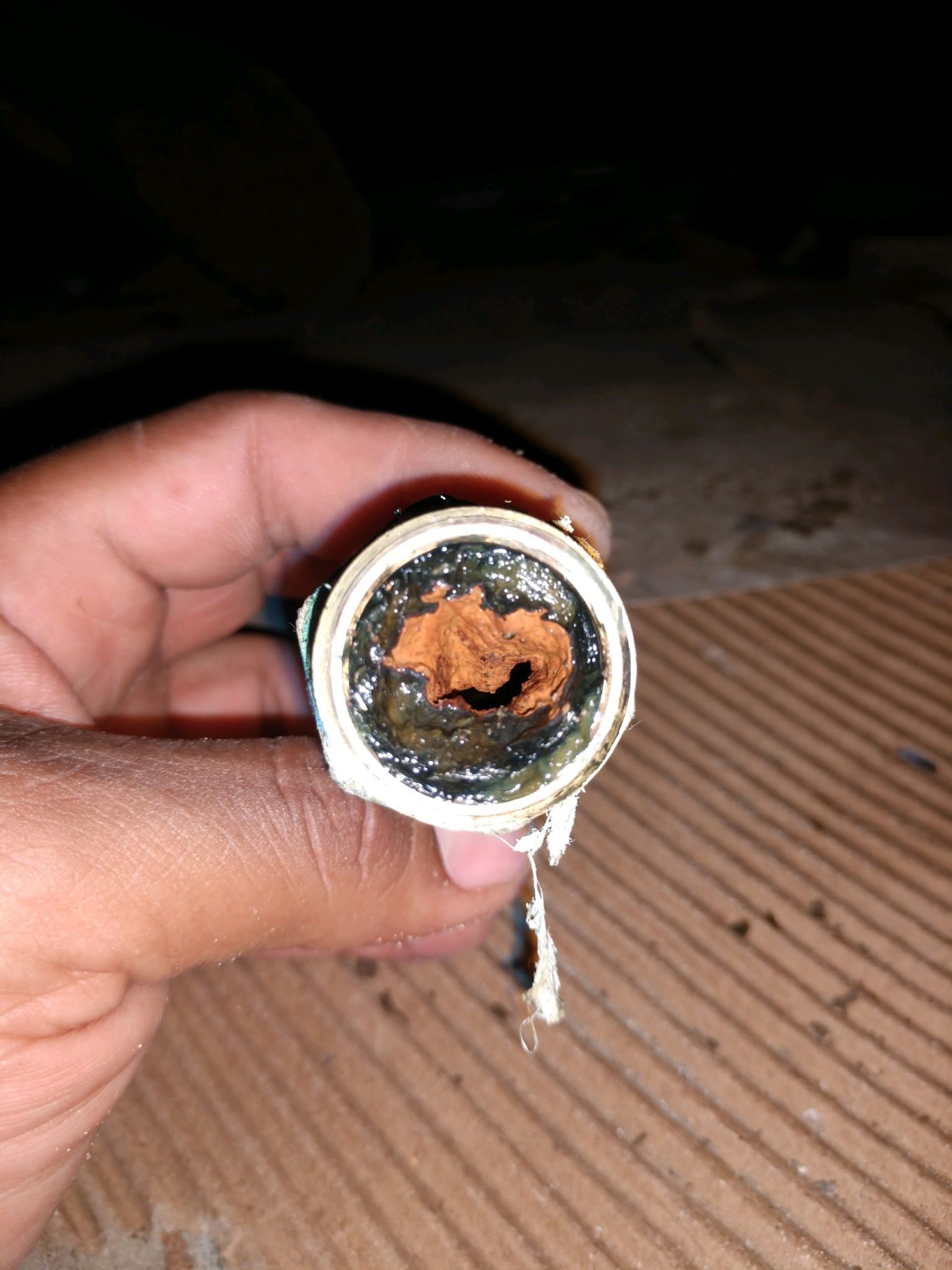
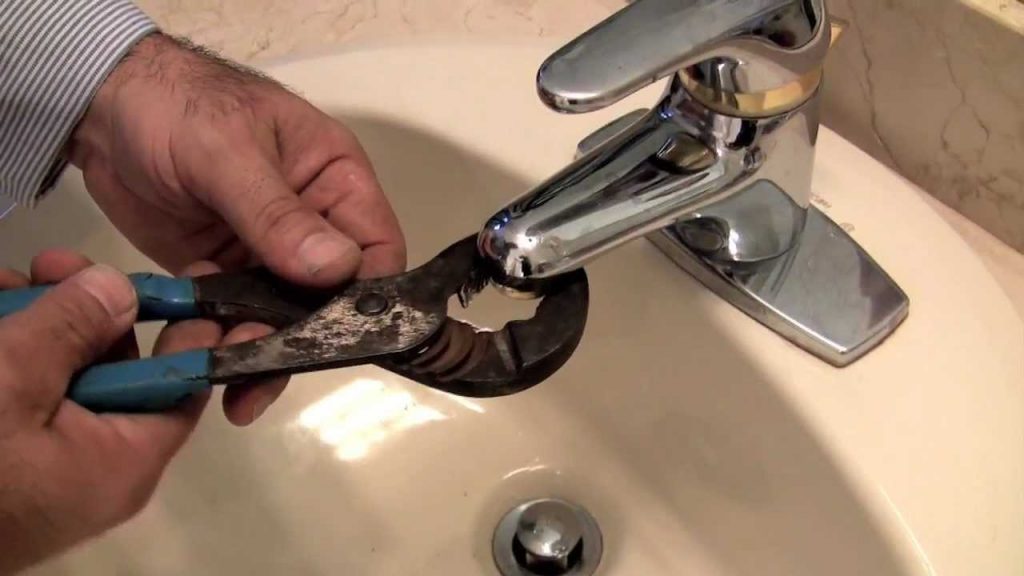





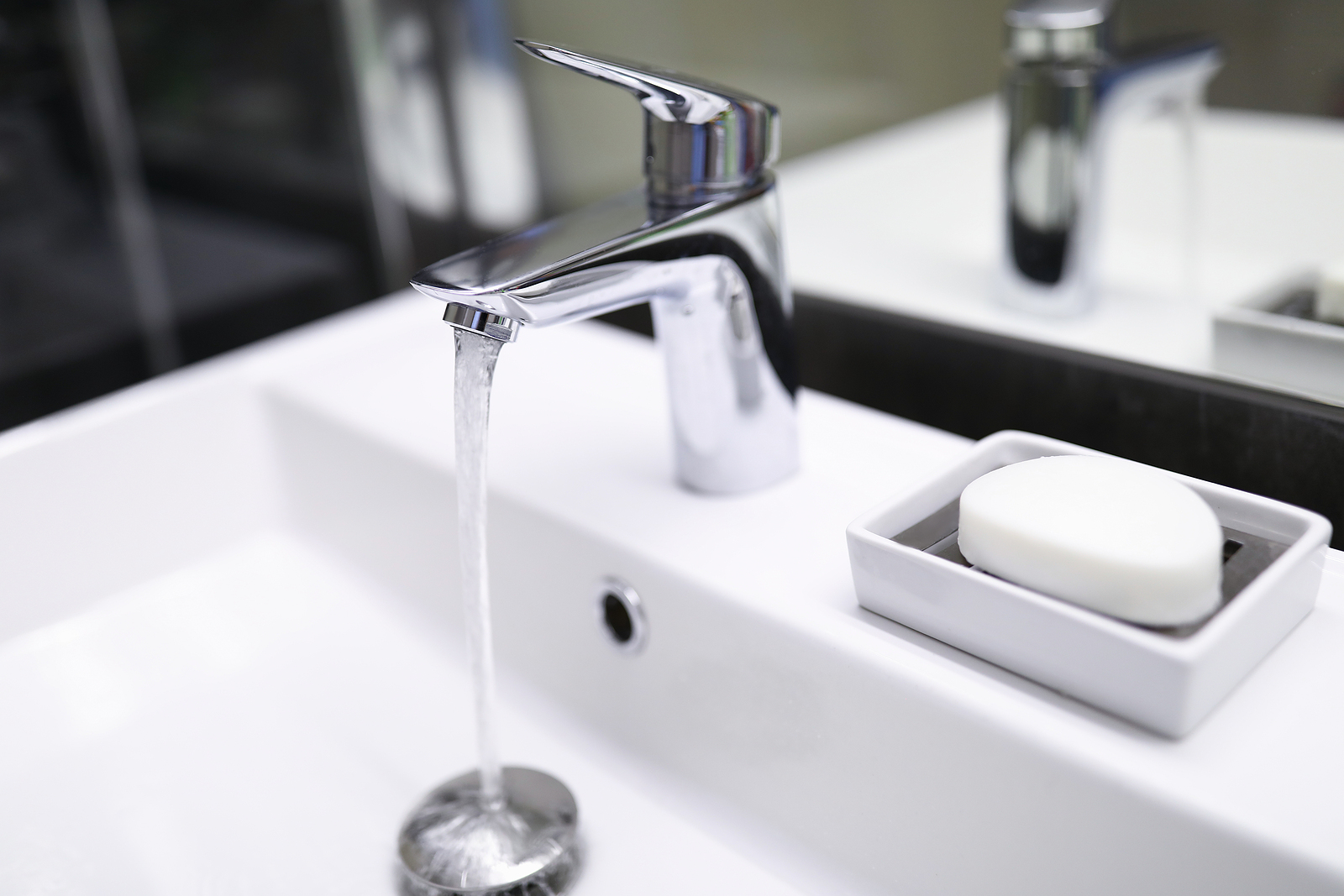




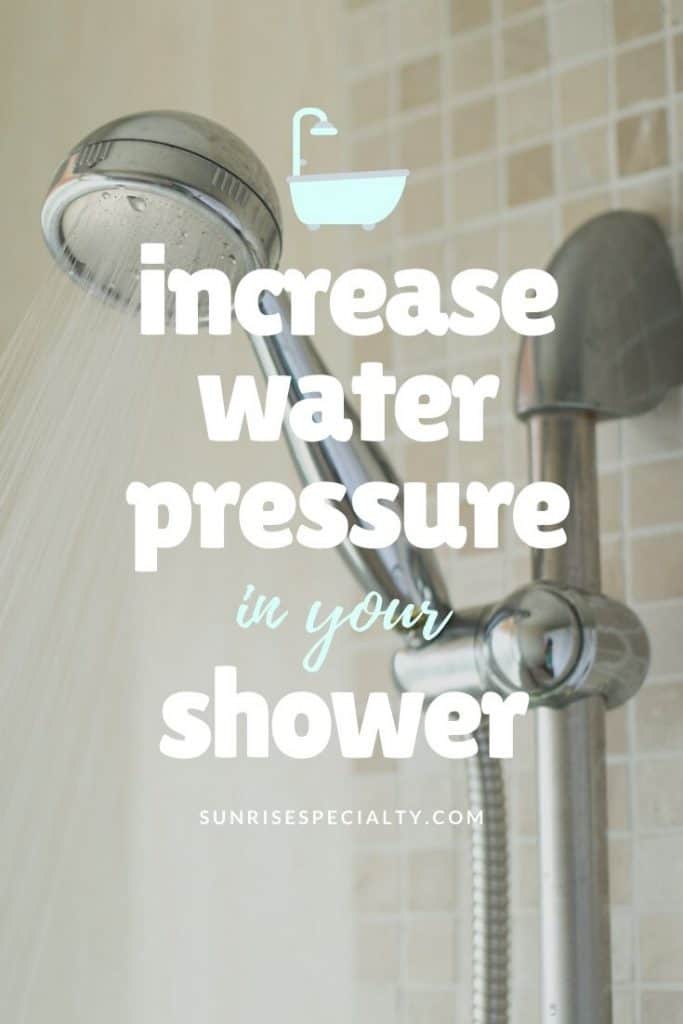

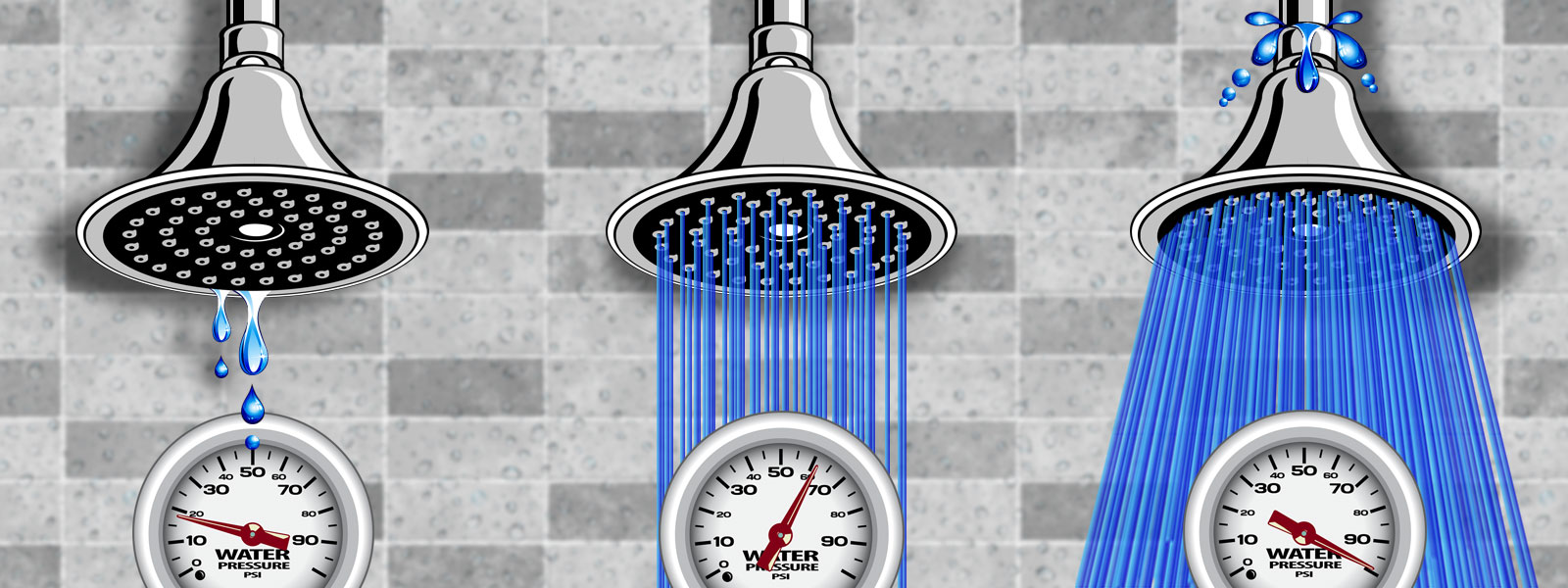


:max_bytes(150000):strip_icc()/increase-low-shower-pressure-4052359_FINAL_01-6ece340f72f74bf9ae59e4192b03c0bc.png)
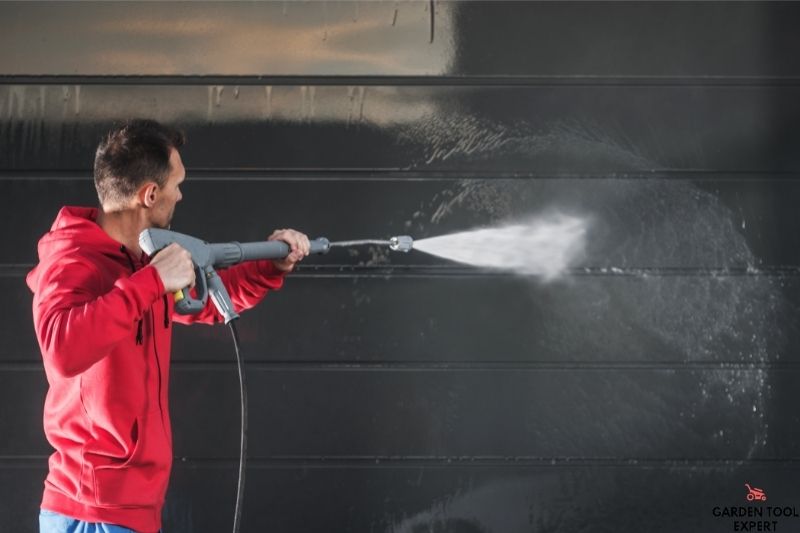
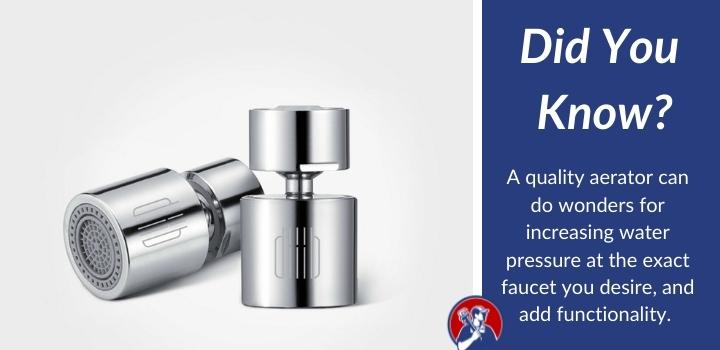




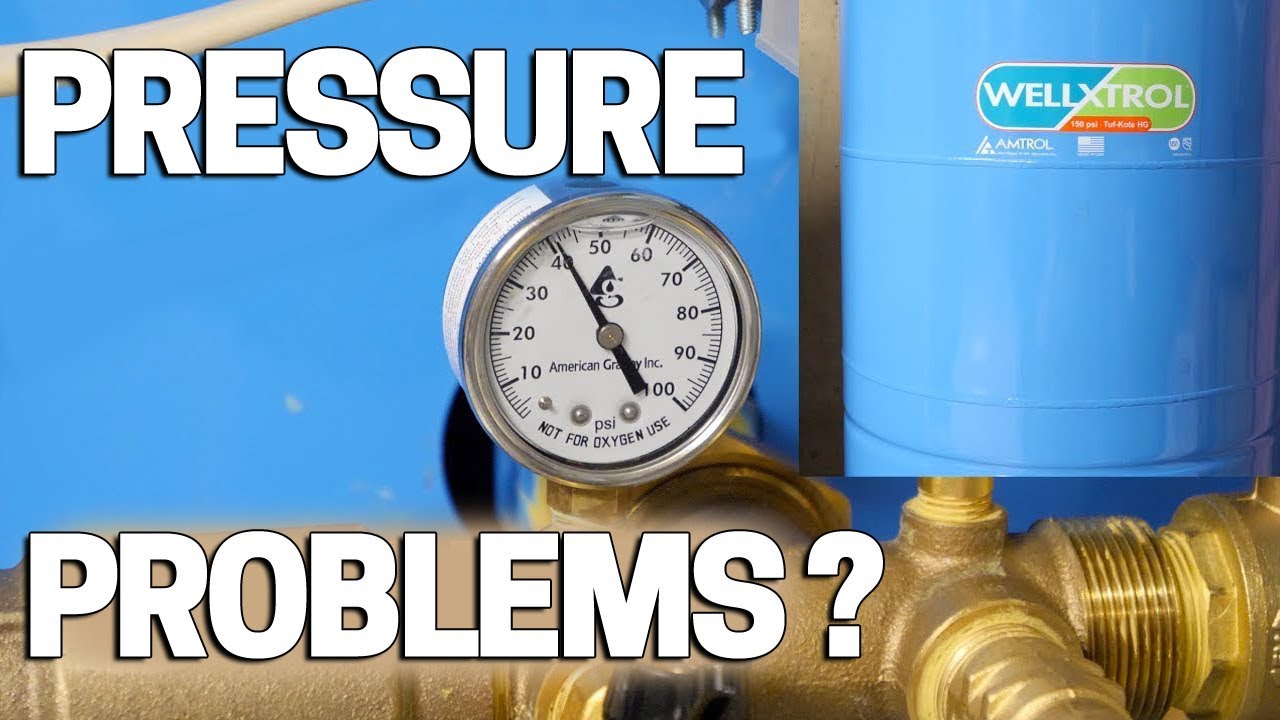




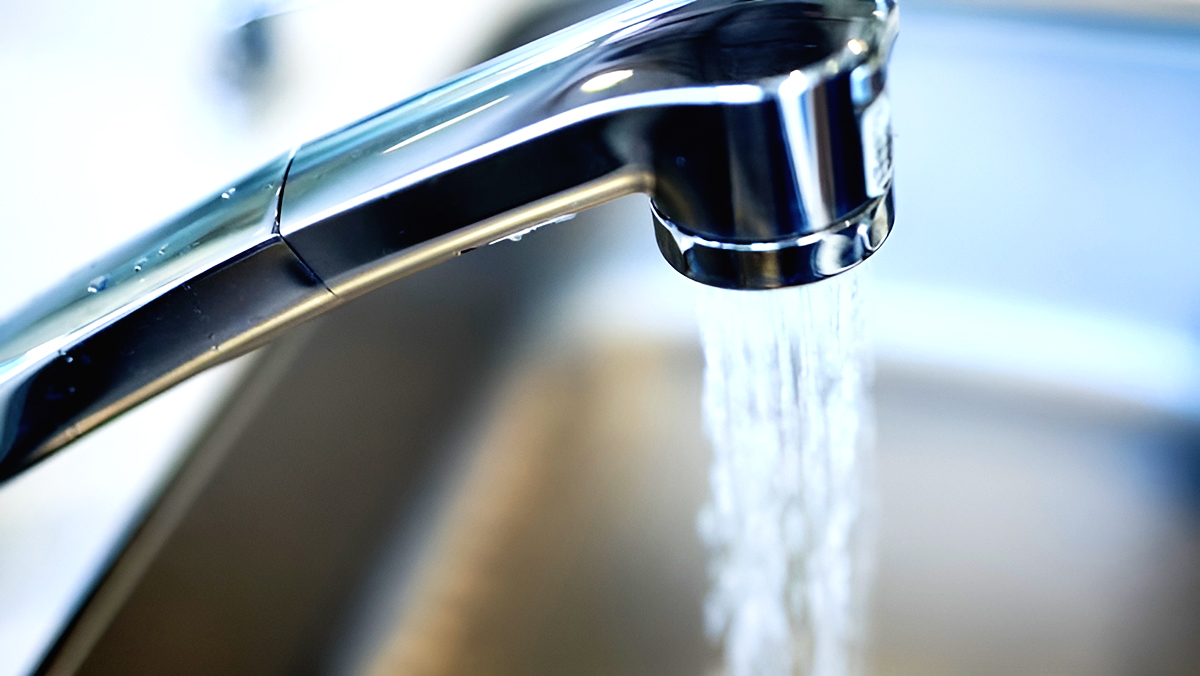


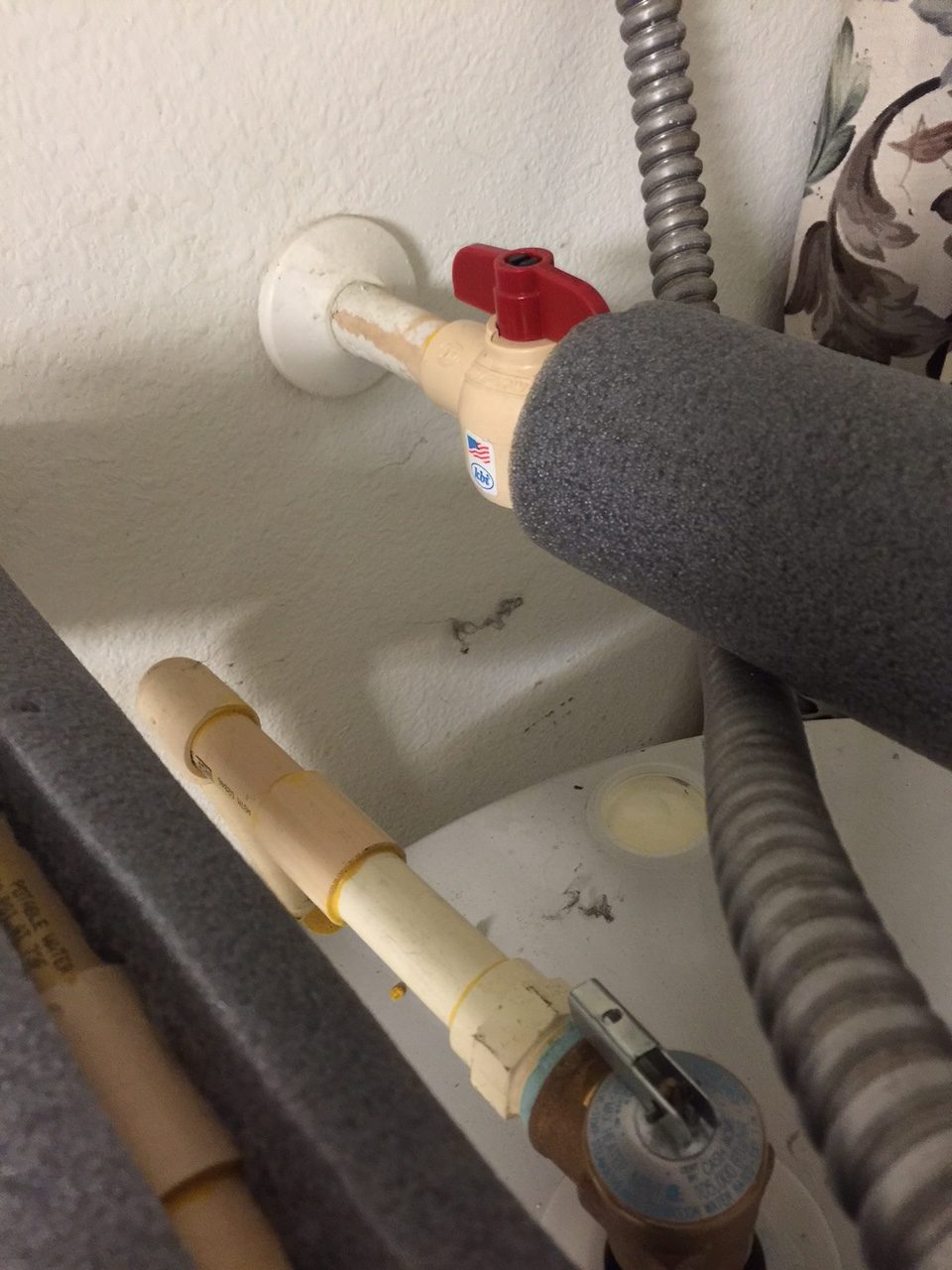




:max_bytes(150000):strip_icc()/the-men-s-hand-opens-the-ball-valve-on-the-collector-1006810456-5c5fc73fc9e77c000159c4af.jpg)




